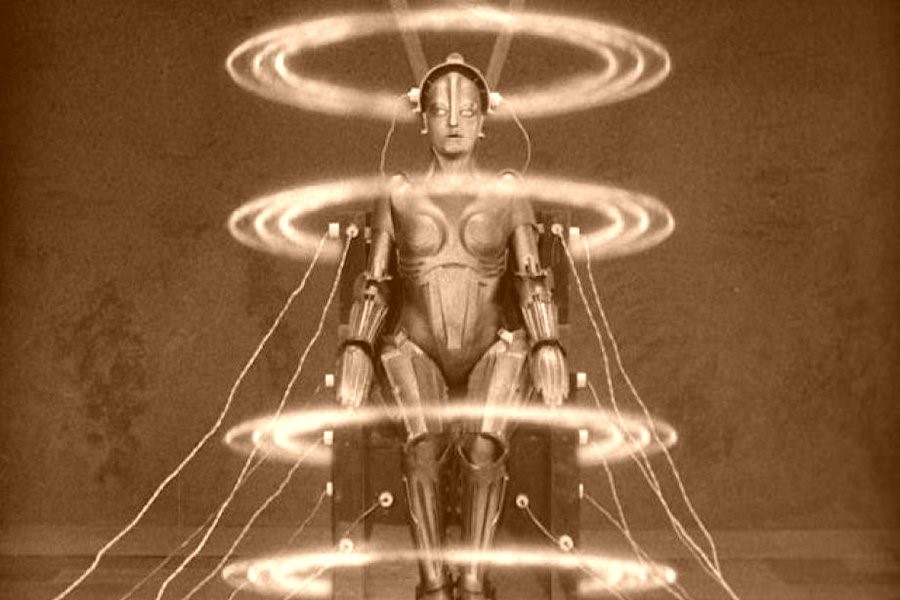“If only the human body could handle trauma as well as biotechnology stocks do.” – Alex Berenson
 The human body really is something else. It has been compared to many things, including machines, and the scientific world is still learning more about this structure we inhabit that we call a “body.”
The human body really is something else. It has been compared to many things, including machines, and the scientific world is still learning more about this structure we inhabit that we call a “body.”
And, while the comparisons and analogies are often accurate and telling – the brain as a computer, the heart as a pump, and so on – the concept of the human body being simply an organic “machine” is not only misleading, but it can be harmful.
Welcome to the Machine
Popular culture seems to be fascinated with the idea of cyborgs, “enhanced” humans and even androids constructed with “human” consciousness. But the analogy fails at one fundamental point: machines are a collection of inanimate and distinct components, or parts, that are fitted together to perform a task. Whereas, the human body is a systemic organism and ecosystem comprised of structures, fluids, chemicals and elements, most of which are animated, or alive.
And none of it is inherently interchangeable.
This is probably the most evident in the medical field. Because of the advances in medicine and surgical technology, the approach to the ailing human body is to simply “repair or replace” parts, like we would with a broken machine.
Parts…
As if a torn rotator cuff can be restored to its original condition with the right tools. Or that, failing a proper repair job, the parts can simply be replaced with new ones from a body parts store! The problem is that nothing that is “repaired” surgically is ever the same again. And, as anyone with a “new” hip or “knees” will tell you, it’s never quite the same.
Yet we seem to always default to the “repair or replace” approach to our body’s aches and pains, and “worn out” parts. But this is an unbalanced approach.
Restoring Balance vs Replacing Parts
Back in 1982 a unique film was released entitled Koyaanisqatsi, which is a Hopi word meaning “life out of balance.” While the film addressed how humanity has grown apart from nature, the concept aptly applies to the most common root cause of pain and movement dysfunction.
For example, the human body is built, or designed, walking and for doing so on a variety of surfaces. However, we have inexorably pushed to minimize the need to walk in our modern society. The amount of walking the average American accomplishes today is miniscule compared to the average human being just 150 years ago, for the previous 5,000 years of recorded history.
And even at that, what walking we do with our modern approach is separated from the natural stimulation that allows for natural and full-range motion. By avoiding the variety of terrain and surface textures, we have smoothed over, cushioned, and simplified walking. But this has also eliminated all the movements and stimuli that created and maintained balance.
What we have found is that many times the root causes of most pain, discomfort and physical dysfunction stem from a lack of balance. By restoring and maintaining the body’s natural balance of gait and movement, many dysfunction and complaints can be corrected and eliminated.
There Are Chronic Pain Relief Solutions
When you come to your first appointment, we learn about your present discomfort as well as any history of discomfort. Getting chronic relief begins after we understand where and how your pain started.
A full examination will help us determine which form of treatment is best suited to get you on your road to recovery. Your trust in us is key, as is your honesty. Ultimately, getting your body healthy and working properly is the only way to achieve total recovery. So, don’t hesitate to reach out. We are here to help and will answer any questions that you may have.
Our goal is to work through the sequence of pain and dysfunction in order to get your body healthy and working properly and to achieve total recovery. Don’t hesitate to reach out. We are here to help and will answer any questions that you may have. You can reach us at (707) 636-4404 or by filling out our online contact form.